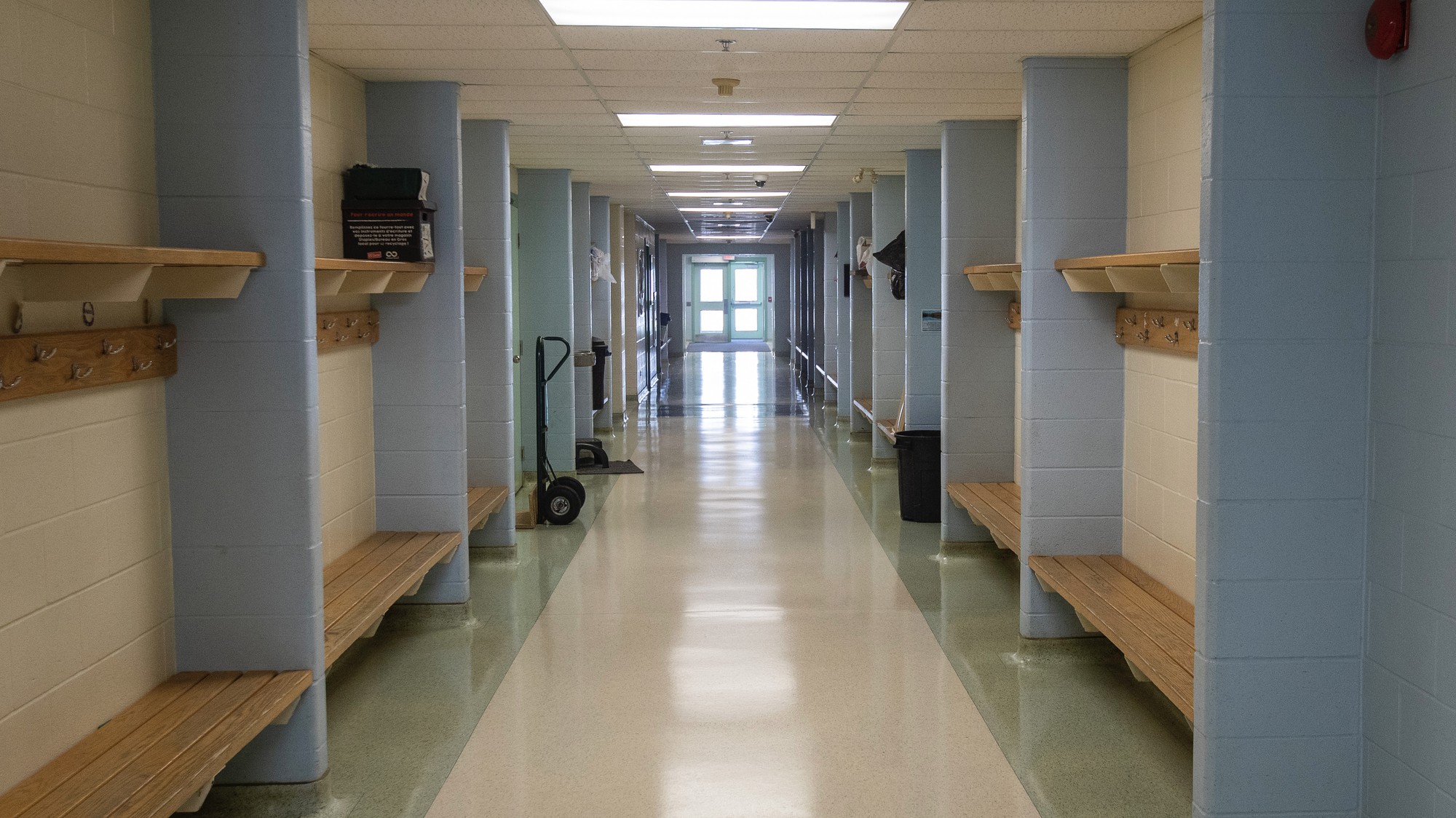Students across the GTA spent most of their recess indoors this week as smoke from raging wildfires in northern Ontario and Quebec created poor air quality throughout the region.
Toronto reached a high of level seven on the Air Quality Health Index (AQHI) on Wednesday as a result of the smoke pollutants brought over from the more than 200 wildfires burning in the northeastern areas of the provinces.
Toronto currently sits at a level three, and although that’s ranked as “low risk” according to the AQHI, the Toronto District School Board said in a statement that it’s up to principals to determine whether or not outdoor activity is safe based on air quality conditions for that day.
If students are kept inside, however, Ontario School Safety (OSS) is questioning if the air inside is that much better than that of outside, and what the province plans to do to ensure safety while kids are kept indoors.
OSS announced June 7 its exploration of legal options in regard to holding the province accountable to provide adequate funding to address air quality in schools.
The organization said in a statement it was left with “no choice” as a result of multiple failed attempts to discuss this issue directly with the province.
“No more patching broken bones with band-aids,” OSS said in a statement.
Education Minister Stephen Lecce committed an additional 49,000 HEPA (high-efficiency particulate air) filters on top of the previous 73,000 as a measure to combat the spread of COVID-19 in classrooms in February 2022. He also announced an additional $680 million in funding to “maintain high ventilation standards” throughout the 2022-23 school year.
The problem with the additional HEPA filters was that it came before the province had any data regarding what the indoor air filtration system actually looked like on the ground, said Kate Laing, chair of OSS.
“The government didn’t actually do any indoor air quality assessments in Ontario’s schools before they designed their program of intervention so we don’t actually know,” Laing told Humber News. “They assigned those units based on data like the square footage of the room and whether it had mechanical ventilation or not.”
“Unfortunately we know that system design doesn’t always provide the real-world results,” she said.
HEPA units work by taking contaminated air particles and forcing that air through a mesh-like filter in order to circulate new, clean air out the other side.
Bruce Peat, the president of HEPA Filter Services Inc., said when the units get installed, they must be tested in order to ensure the filters weren’t damaged during the transportation from factory to classroom. If filters break or grow holes, the filtration unit essentially becomes useless.
Peat said the manufacturers didn’t have time to test each one of them during the height of the pandemic when the province purchased tens of thousands of the units.
“One of the manufacturers told me the high number of units going out made it virtually impossible to get them checked at the time of instalment,” he said.
“You spend all this money on these units but it’s just as important to make sure there’s no leakage and the seal around the filter is properly put in which gets checked during the instalment test,” Peat said.
He said the success of the unit is dependent on the environment that it sits in, as well as how often the pre-filters get changed.
The size of a classroom, Peat said, doesn’t pose as the ideal environment for successful air circulation.
“It’s [the HEPA unit] doing very little,” he said. “It’s probably blowing up more dust and whatnot on the floor rather than providing the protection they thought.”
“If they’re gonna put faith in them, they should at least have a maintenance program,” Peat said.
Laing said it was no surprise that indoor air quality in Ontario schools posed a threat to students’ health, and that COVID-19 was just the “canary in the coal mine” for politicians to wake up.
“A report from 1993 showed that 60 per cent of Ontario’s schools were operating past their life expectancy,” she said.
The statement released by OSS said the public education sector’s infrastructure backlog is looking at $16.8 billion, which Liang said will only continue to grow if the provincial government keeps up with the “chronic underfunding” of its education system.
“The $665 million investment they made, a lot of that was federal money and it’s a drop in the bucket when you divide it by the 5,000 schools in Ontario,” she said.
In addition to adequate funding, OSS is requesting the province to set up a committee to collect and provide data on indoor air quality for parents and schools to use to make their own informed calls where necessary.
Liang said clean air is a right every Ontario child should have access to, regardless of socioeconomic status or location, mentioning that not all schools across Ontario have mechanical ventilation systems in place.
“This is an equity issue,” she said. “We need to make sure kids in Waterloo region have the same access to quality, stable, in-person learning environments with good-quality air as a kid in Thunder Bay or Timmins.”
Laing said she and her fellow members at OSS will ensure that when the province agrees to sit at the table and talk about solutions, that those solutions will be accessible and equitable to all students in Ontario.

